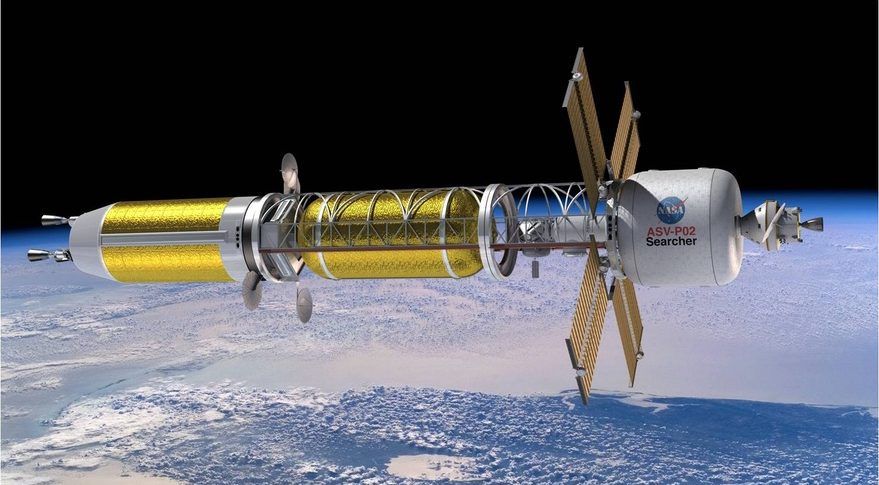PASADENA, Calif. — With congressional funding and industry support, nuclear thermal propulsion technology is making progress for potential use on future NASA deep space missions, although how it fits into the agency’s exploration architectures remains uncertain.
The House Appropriations Committee approved May 22 a commerce, justice and science (CJS) appropriations bill that offers $22.3 billion for NASA. That funding includes $125 million for nuclear thermal propulsion development within the agency’s space technology program, compared to an administration request for no funding.
“The bill’s investment in nuclear thermal propulsion is critical as NASA works towards the design of a flight demonstration by 2024,” said Rep. Robert Aderholt (R-Ala.), ranking member of the CJS appropriations subcommittee, during that subcommittee’s markup of the bill May 17. He offered similar comments in support of that project at the full committee markup.








